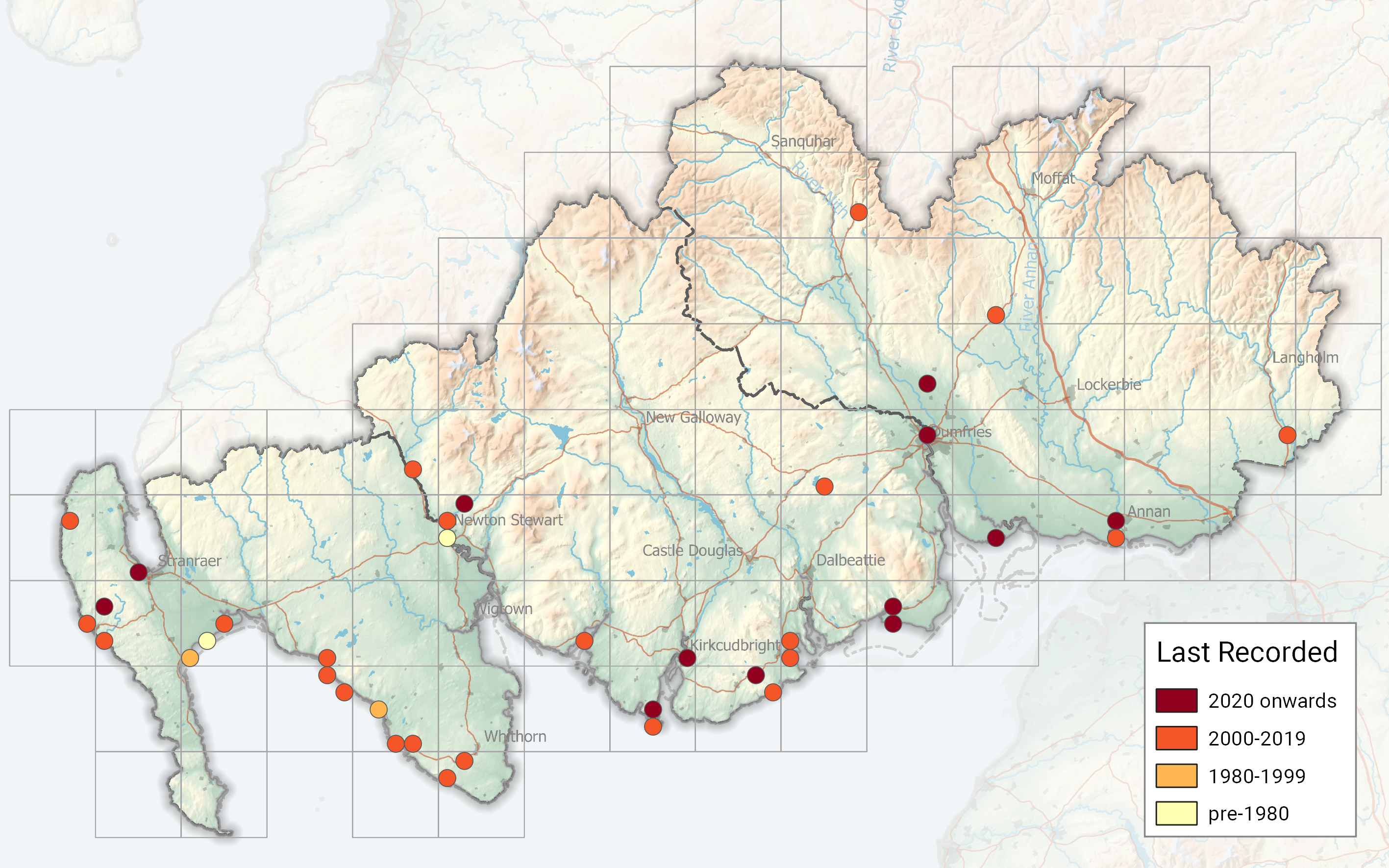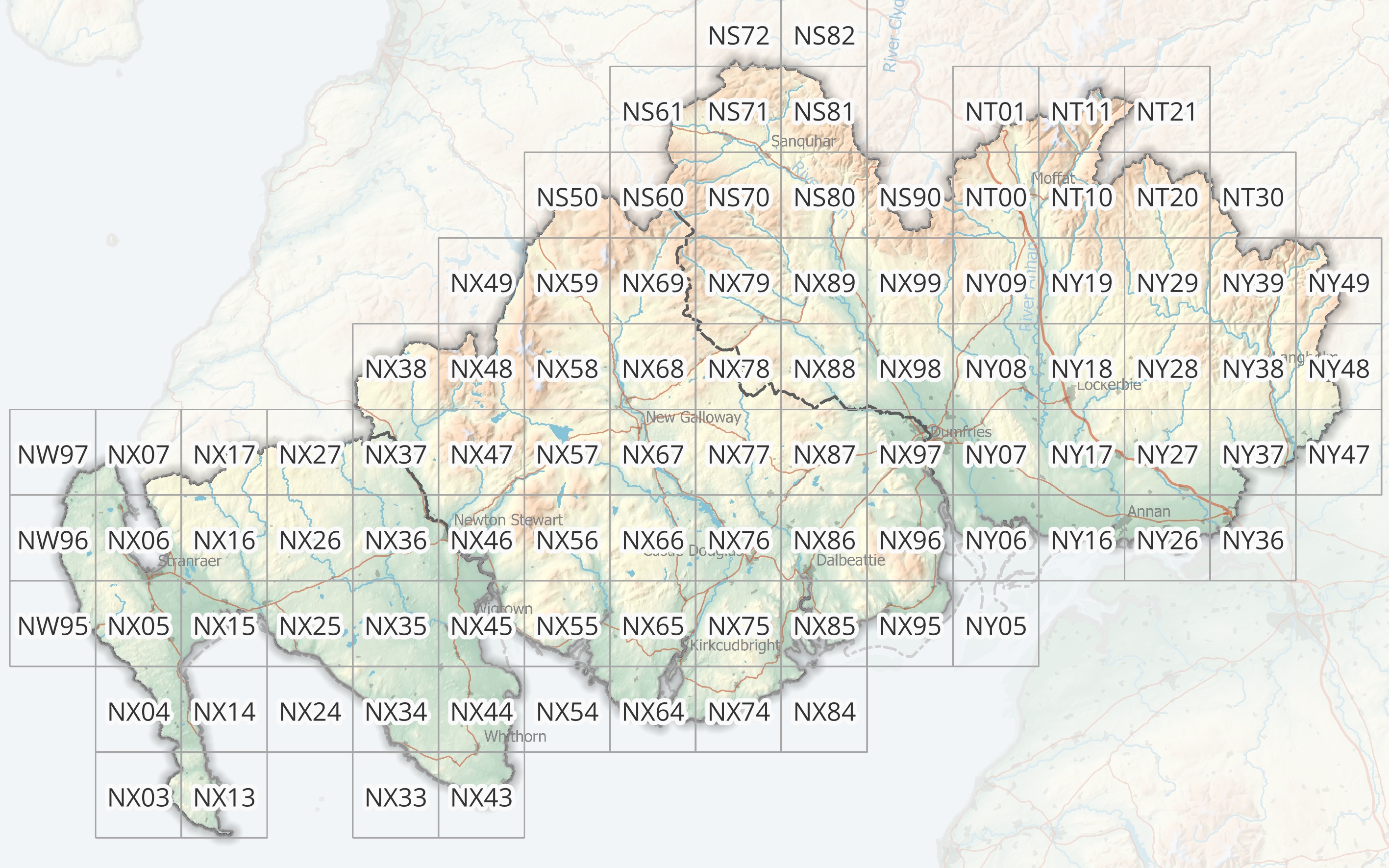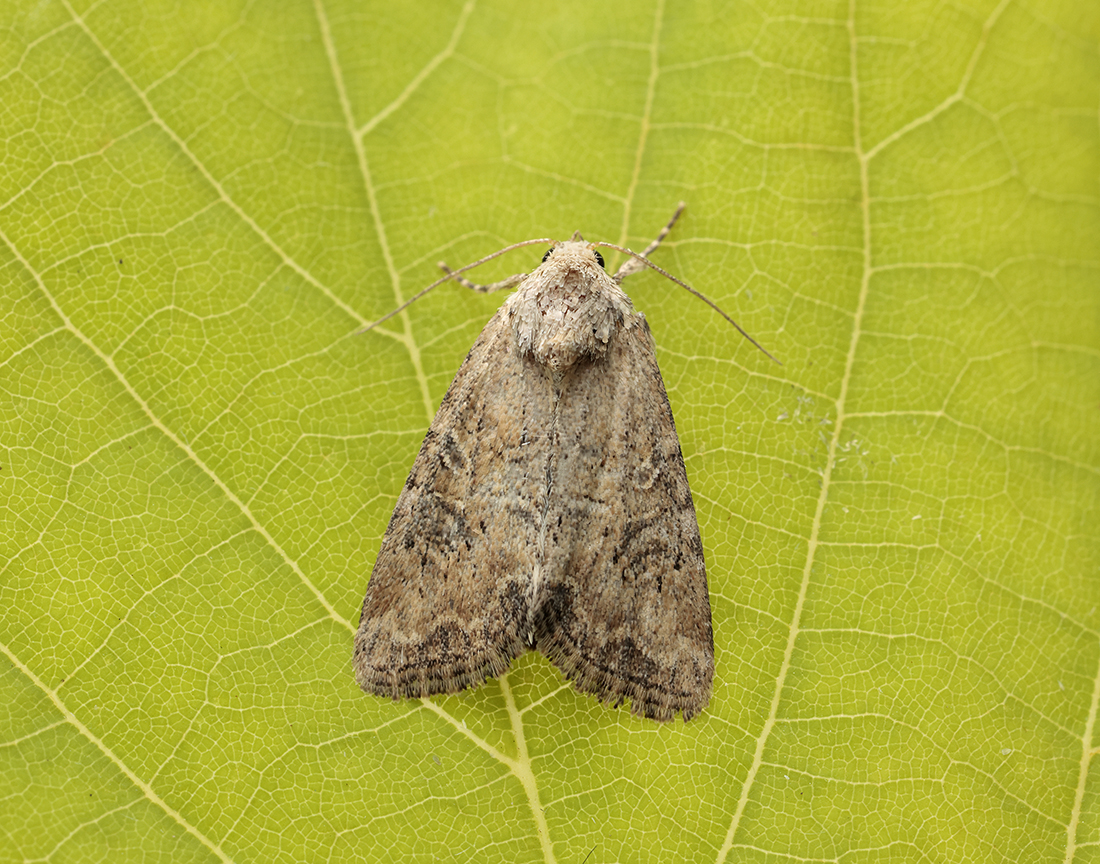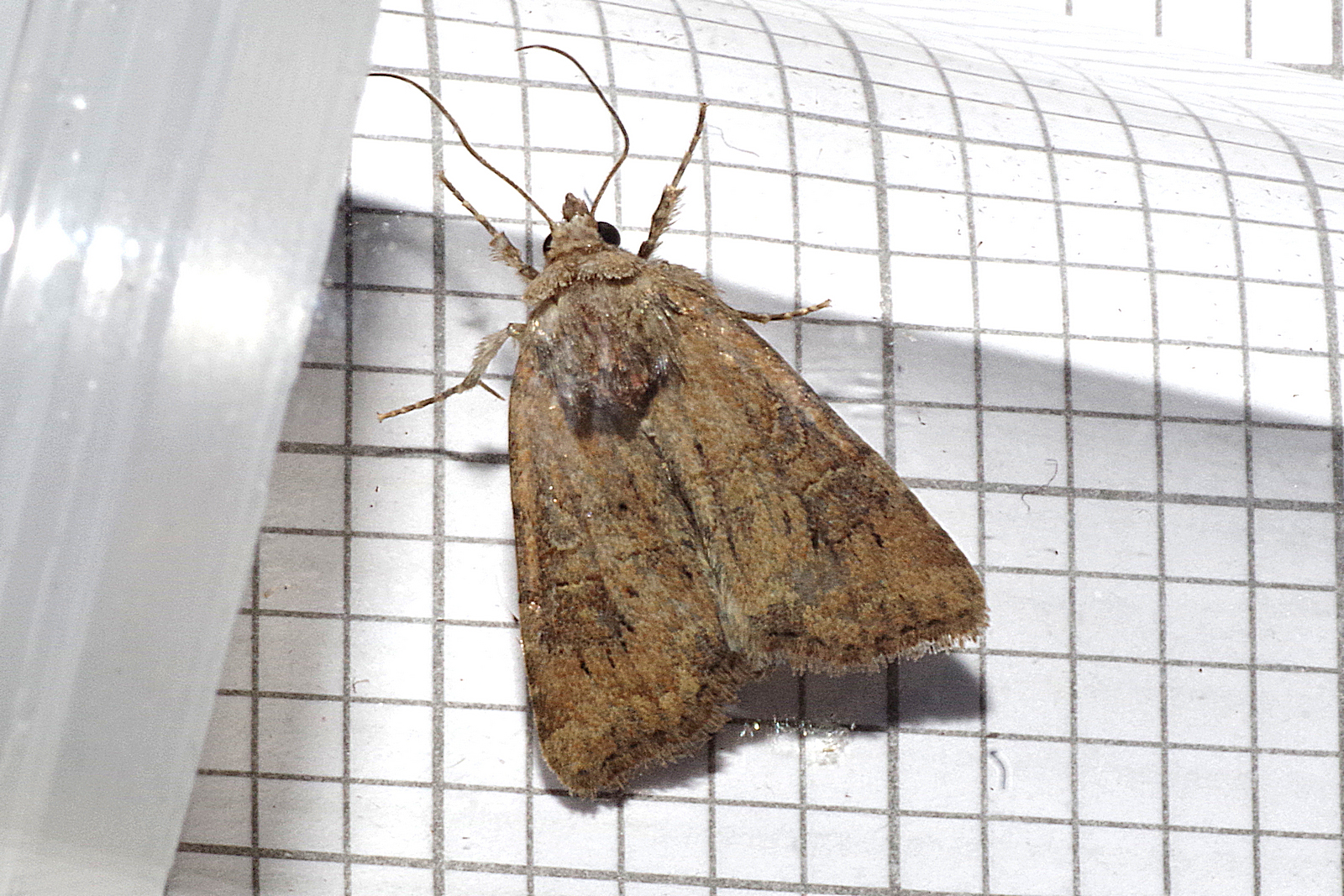Identification
A very variable moth in size and colour. Also, beware of similarities between Small Wainscot, Small Dotted Buff and other minors.
Recording Method.
Attracted to light, also comes to sugar and flowers.
Life cycle
One generation. Overwinters as a larva during August to early June, feeding inside the stems, where it eats out a chamber at the base of the foodplant for pupation to take place.
Larval foodplants
Larvae feed on various grasses.
Habitat
Grassland, especially short, dry grassland as often found on the coast.
History
Lennon (1863) had found it common everywhere around the Dumfries area. K. J. Morton of Edinburgh (1900) whilst on a visit in July 1899 to Wigtownshire had found the Cloaked Minor in the Monreith area. While Gordon (1913) found it scarce and had only one record of it at the foot of the hill on Garheugh road, Luce Bay (VC74).
The next records came in 1972 when it was found at Sandhead and Portpatrick (VC74). Followed by four records each at Caerlaverock and Newton Stewart during 1975-77, the only Rothamsted data. Sandhead was again visited in 1987 during 12-14th August 1987, providing our only records during the 1980s.
During 1996-2010 three sites in Dumfriesshire provided seven records, Kirkton, Durisdeer and Barnkirk Point. However, eleven sites in Wigtownshire produced eighteen records, while Old Torr and Mersehead RSPB, were the main sites in Kirkcudbrightshire.









